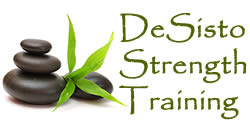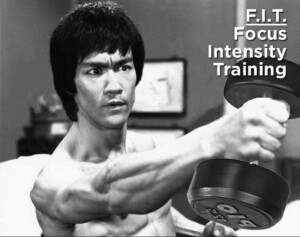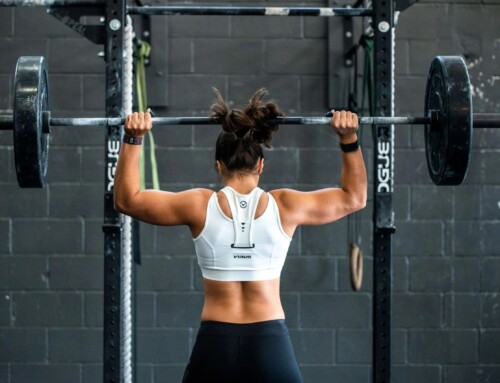Strengthen Your Forearms for a Healthier, More Active Life
When it comes to exercise, many people tend to focus on the major muscle groups like the chest, legs, or core. However, neglecting the smaller muscle groups, such as the forearms, can have a significant impact on overall health and functionality. Strong forearms provide numerous benefits, especially for older adults, and failing to address weak forearms can limit an individual’s potential for a healthy, active lifestyle. In this article, I will explore the benefits of exercising forearms and shed light on the consequences of neglecting this vital muscle group.
-
Enhanced Grip Strength and Functionality
The forearms are responsible for hand and finger movements, playing a crucial role in gripping objects and performing various everyday tasks. By regularly exercising the forearms, individuals can significantly improve their grip strength, allowing them to carry out daily activities with greater ease and efficiency. From opening jars and lifting grocery bags to using tools or performing fine motor skills, stronger forearms translate into improved functionality in day-to-day life.
-
Injury Prevention and Joint Stability
Weak forearms can lead to imbalances in the upper body, which may contribute to a higher risk of injuries. Strengthening the forearms not only helps prevent injuries but also promotes joint stability. This is particularly important for older adults who may already experience reduced joint stability due to age-related changes. Engaging in forearm exercises can provide the necessary support to prevent strains, sprains, and other upper body injuries.
-
Increased Bone Density and Joint Health
Maintaining strong bones and healthy joints becomes increasingly important as we age. Regular forearm exercises, such as wrist curls, reverse wrist curls, and gripping exercises, can help stimulate bone density and promote joint health. By subjecting the bones and joints to controlled stress, exercise encourages the production of new bone tissue, ultimately reducing the risk of conditions like osteoporosis and osteoarthritis.
-
Improved Functional Independence
For older adults, maintaining functional independence is crucial for maintaining a high quality of life. Strong forearms play a vital role in performing daily activities that involve reaching, grabbing, and lifting objects. Whether it’s carrying groceries, gardening, or participating in recreational activities, having well-conditioned forearms improves overall functional independence and enhances the ability to engage in a wide range of activities without relying on assistance.
-
Enhanced Overall Athletic Performance
Strong forearms are not only beneficial for older adults but also for individuals engaged in sports and other physical activities. Many sports, such as rock climbing, golf, tennis, basketball, and weightlifting, require significant forearm strength and grip endurance. By dedicating time to forearm exercises, athletes can enhance their performance, prevent injuries, and excel in their respective fields.
Conclusion
While the forearms may seem like a small muscle group, they play a vital role in our overall health and functionality. For older adults, weak forearms can limit independence and increase the risk of injury. Incorporating forearm exercises into your fitness routine can lead to enhanced grip strength, improved functionality, injury prevention, increased bone density, and overall better quality of life.
Remember, it’s never too late to start exercising your forearms. By prioritizing forearm strength, you are investing in a healthier, more active future, allowing you to maintain independence and enjoy an improved quality of life regardless of your age.






